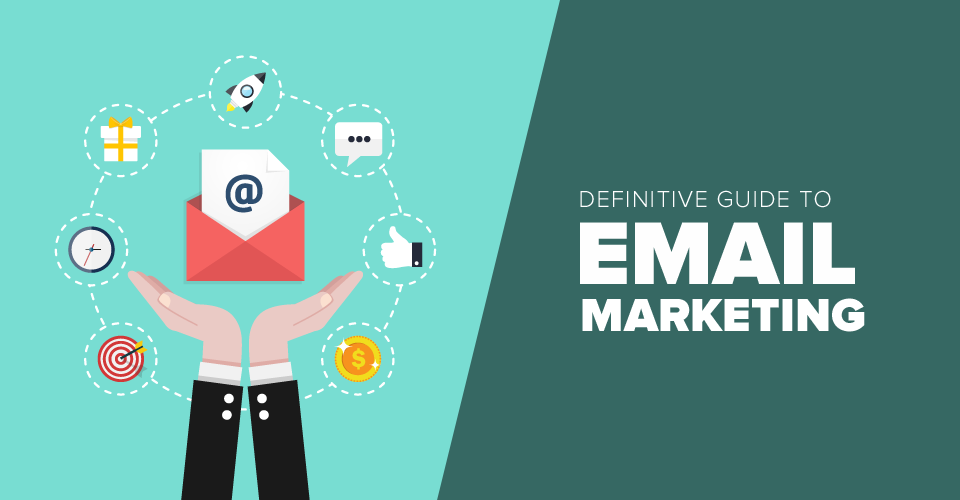E-mail marketing is an online marketing technique that uses e-mail to send advertisements or commercial information. This is a communication tool used to attract new customers or make those that one already has loyal to the brand.
E-mail and the Internet have gone hand in hand since the Web was created. The beginning of the Internet dates back to 1969 (Arpanet at that time), while the first e-mail sent two years later (1971). This first email showed some basic features that have remained till the present: the use of “@” on the user name, as well as the fields “To”, “Subject” and “Message”.
In such a volatile environment, e-mail has been one of the Web tools that have best adapted to change, both in content and in scope and penetration. Therefore, e-mail marketing becomes one of the main tools in a digital strategy.
e-mail is the first Internet service ahead of social media
At present, e-mail is the first Internet service ahead of social media. In 2015, the number of e-mail accounts in the world was about 4.353 million users from which 205 billion e-mails were sent [21]. This volume of traffic includes legitimate e-mails and spam.
The term “spam” refers to those messages we do not request and we do not want or with an unknown sender, usually sent through mass mailing. Although spam can be used on other platforms and devices, for example, SMS on mobile phones, e-mail is the most important channel for this practice.
The line between commercial information sent by e-mail and spam is, in many cases, a fine one that experts in e-mail marketing must properly identify in order to avoid making mistakes in their work.
The most common form of e-mail marketing is the newsletter; a publication that is distributed with a specific periodicity on an interesting topic for all recipients called subscribers.
The complexity level of a newsletter shall depend on its goals and content; they can be simple with mainly plain text as the predominant feature or with images, graphs, adverts, and/or hyperlinks.
Goals of e-mail marketing
The objectives of e-mail marketing can be multiple and varied.
• Diverting traffic to our website: be it the home page or any special section inside it.
• Promoting a special action: either promotion of new services, special discounts, sales, download of applications, etc. When the goal is to increase traffic or some Web-based special promotion; specific websites are usually created. Such pages are landing pages.
• Cost savings: e-mail marketing supports order management and information to the customer regarding the status of such orders, as well as the provision of customer support services at a lower cost than other communication channels.
• Brand popularity and image: same as for other types of campaigns online, e-mail marketing is suited to generate popularity and brand image among consumers.
Advantages of E-mail Marketing
The strong penetration of e-mail in the current context becomes an important reason to include it in any digital strategy, but there are also other important reasons to do so.
This is mass technology that instantly reaches everyone and whose use spans devices and screens (desktops, laptops, mobile telephones, tablets, etc.).
The system is direct and able to reach individuals in a scalable and targeted way.
This is due to the fact that an e-mail can be sent to a single address or thousands, while content can target different types of audiences. In fact, the system’s scalability does not hinder customization; despite its capacity for mass mailing, it can be highly customized at a cost far lower than that of other types of campaigns.
This is also a multimedia channel that offers the possibility of sending a large amount of information as text, images (static or moving), sound or hyperlinks, in any combination.
As this is digital communication, its impact can be quantified through different metrics that allow for an evaluation of the output of each campaign.
Disadvantages of E-mail Marketing
Despite the many plus points of this marketing format, starting e-mail campaigns can be hindered due to some disadvantages inherent to this channel:
The most important enemy of professionals in the sector is antispam filters of e-mail managers that identify e-mail marketing as spam, thus reducing the effectiveness of campaigns.
Furthermore, explicit authorization by the end-user to receive ads through the mail is needed. Such actions are regulated by data protection acts and specific e-commerce laws.
Depending on the country and specific laws, sending unauthorized messages may result in very high fines for the companies sending them.
This need for prior authorization to include the person on an e-mail database of a particular organization has pushed e-marketing into the group “permission marketing”





